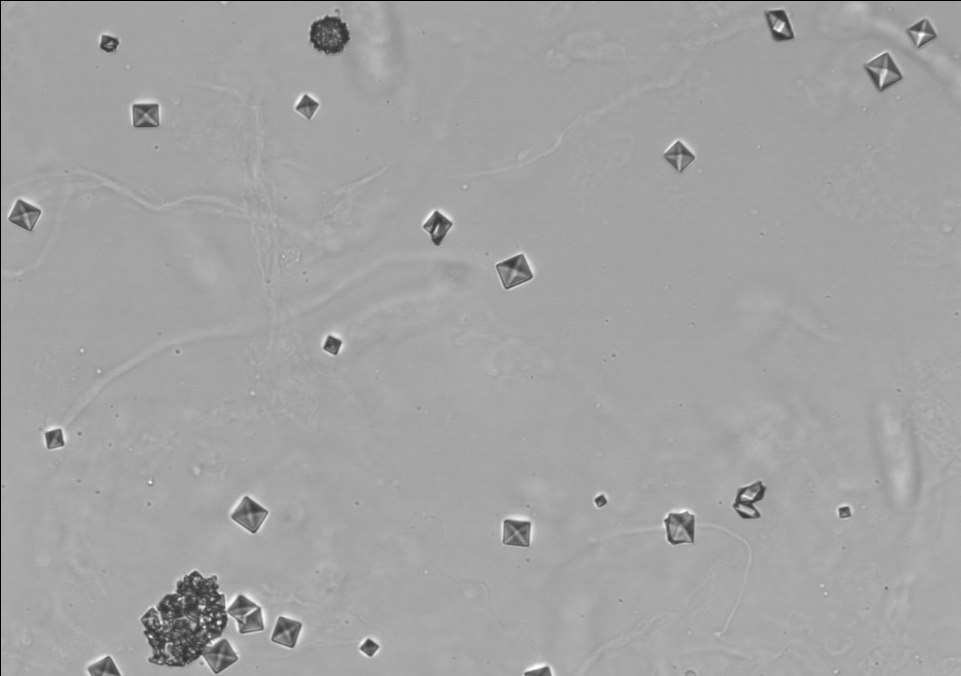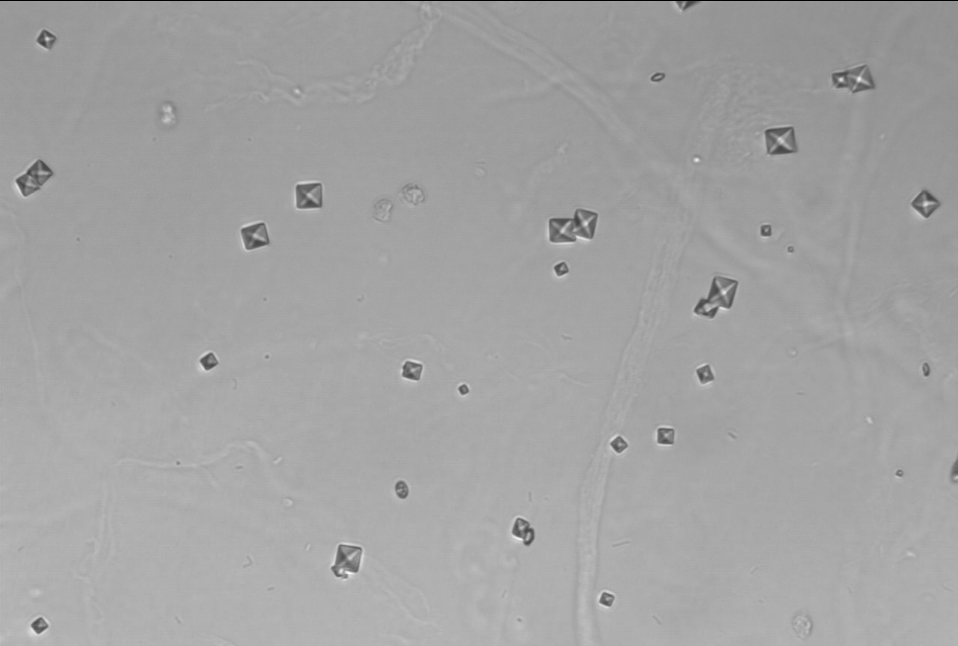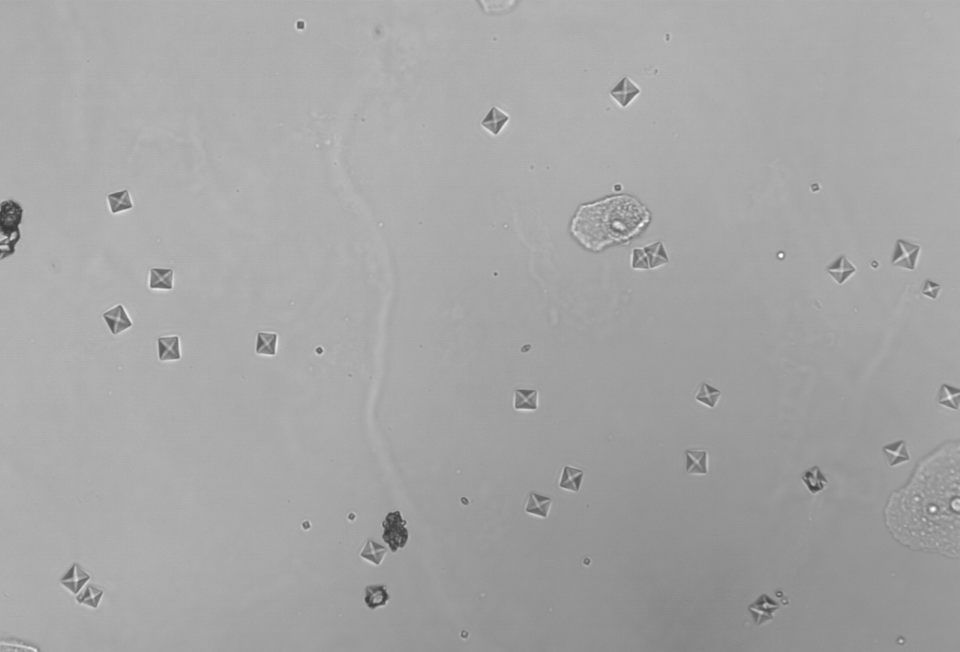NEWS DETAIL
Seek the TRUTH of Life
Urine Crystals
Urine contains many chemicals. Sometimes these chemicals form solids, called crystals. Uric acid, calcium oxalate, calcium carbonate, magnesium phosphate are a few common types of crystals. Crystals in urine test looks at the amount, size, and type of crystals in your urine. It's normal to have a few small urine crystals. Larger crystals or specific types of crystals can become kidney stones. Kidney stones are hard, pebble-like substances that can get stuck in the kidneys. While kidney stones rarely cause serious damage, they can be very painful.
A crystal in urine test is often part of a urinalysis, a test that measures different substances in your urine. A urinalysis may include a visual check of your urine sample, tests for certain chemicals, and an examination of urine cells under a microscope. Urinalysis is often part of a routine checkup. Your health care provider may include crystal in urine test in your urinalysis if you have symptoms of a kidney stone. These include:
· Sharp pains in your abdomen
· Back pain
· Blood in your urine
· Frequent urge to urinate
· Pain when urinating
· Cloudy or bad-smelling urine
If a large number, large size, or certain types of crystal are found in your urine, it may mean you have a kidney stone that requires medical treatment. Knowing the types of crystals in the urine may help clinicians to treat the patients accordingly.




(Above images are all resourced from COBIO S80 urinalysis system.)
COBIO urine sediment analyzer utilize the traditional gold standard method while eliminating the most time-consuming and operate-dependent procedures in hospitals and laboratories performing manual microscopy. Zoomable HPF-like images can been seen directly on the touch screen, offering a uniquely advanced method of recognition and classification of formed elements in urine samples.